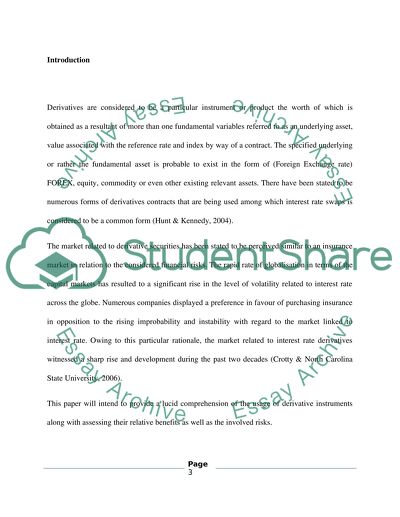Cite this document
(“The usage of derivative instruments Essay Example | Topics and Well Written Essays - 3000 words”, n.d.)
Retrieved from https://studentshare.org/finance-accounting/1396689-the-usage-of-derivative-instruments
Retrieved from https://studentshare.org/finance-accounting/1396689-the-usage-of-derivative-instruments
(The Usage of Derivative Instruments Essay Example | Topics and Well Written Essays - 3000 Words)
https://studentshare.org/finance-accounting/1396689-the-usage-of-derivative-instruments.
https://studentshare.org/finance-accounting/1396689-the-usage-of-derivative-instruments.
“The Usage of Derivative Instruments Essay Example | Topics and Well Written Essays - 3000 Words”, n.d. https://studentshare.org/finance-accounting/1396689-the-usage-of-derivative-instruments.


